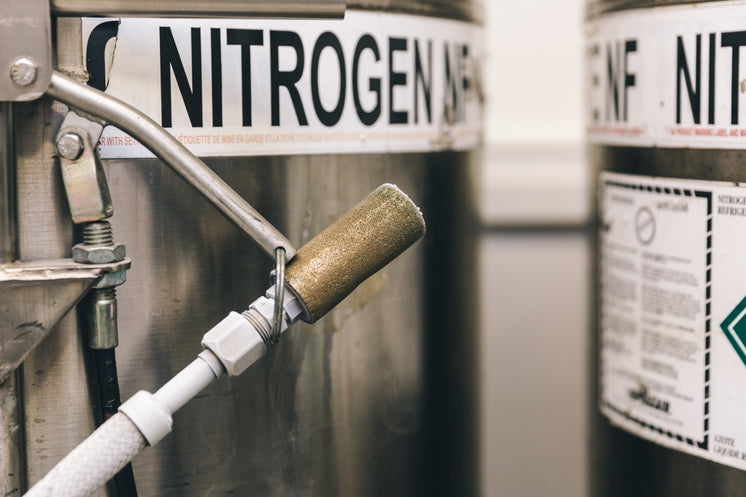Traditional hallucinogens, corresponding to psilocybin (commonly known as magic mushrooms or shrooms), alter people’s awareness, surroundings, thoughts and feelings. They could cause hallucinations, sensations or images that look like actual however are usually not. Hallucinogens can both be extracted from plants or synthetic (human-made). They are commonly used for recreational or social purposes, to have fun, deal with stress, have spiritual experiences, or alien labs disposable to feel completely different.
Finally, chronic use of psilocybin does come with cardiovascular risks. "It binds to HT2B receptors, which may cause dangerous modifications in the construction and shape of heart valves," Johnson says. Fen-phen-another drug that binds to HT2B receptors-was pulled from the market because of the danger of valvular coronary heart disease, one trigger of coronary heart failure. "This probably isn’t a problem at all when you’re taking the drug as soon as or a number of times for therapeutic effect," says Johnson. "But while you begin speaking about taking it once each three or four days for years on finish, that’s a significant issue that individuals aren’t talking about enough."
Though some proponents urge further investigation into psilocybin for potential therapeutic advantages, the Drug Enforcement Administration (DEA) currently lists mushrooms as a Schedule I substance.1,3 Schedule I medicine have a excessive danger for abuse, no identified medical advantages, and usually are not authorised for any use, even under the care of a doctor.1
Though a whole lot of varieties of fungi are theoretically capable of producing the chemical, only a small handful of species throughout the genus Psilocybe are usually consumed for his or her hallucinogenic properties. Primarily based on archaeological proof of the mushrooms represented in art, it's likely people have been using members of the genus in rituals for a minimum of 3,500 years.
